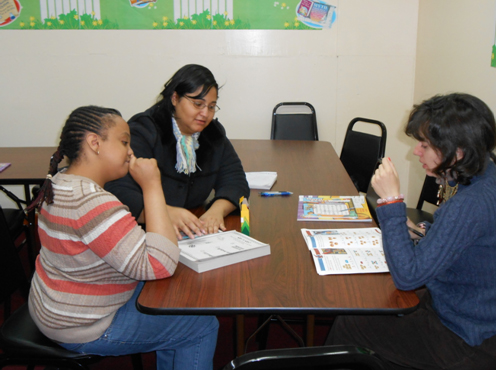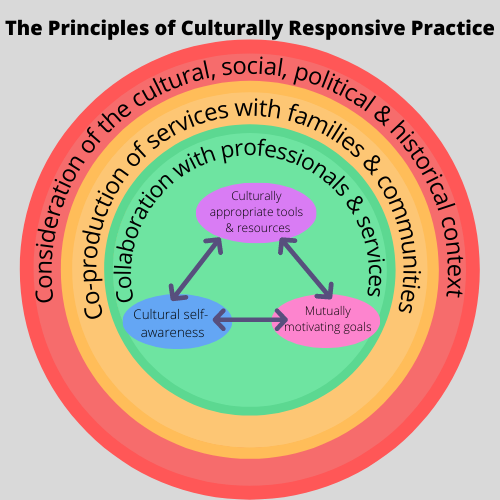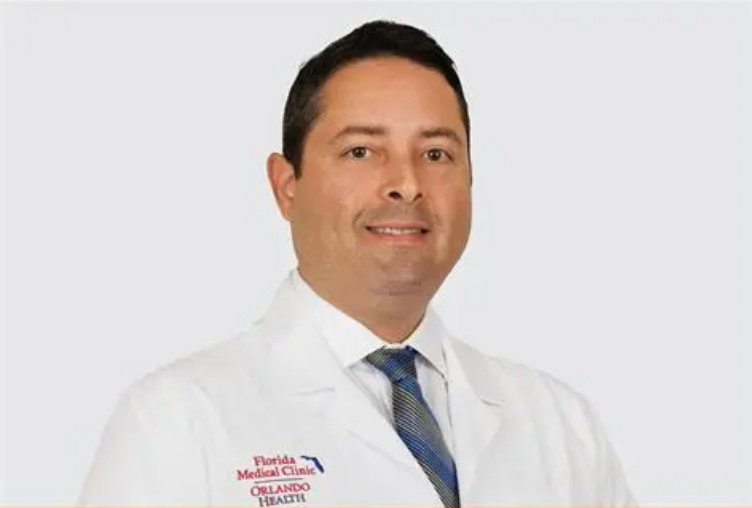Peer-Reviewed Sources
This section highlights peer-reviewed sources that provide research-based insights on bilingual speech-language pathology and diverse communities. These articles offer credible evidence to support practice, education, and advocacy in the Tampa Bay area.

Serving Diverse Clients:
This article reviews research on speech-language pathologists' (SLPs) self-efficacy in serving culturally and linguistically diverse (CLD) clients. While many SLPs still feel underprepared, there have been improvements in training opportunities and willingness to work with diverse populations. Ongoing challenges remain, including a shortage of bilingual providers, limited assessment tools, and challenges with interpreters (Santhanam & Parveen, 2018).

Health of Hispanic/Latino Populations:
The article provides an overview of the health challenges and inequities faced by the nation's largest minority group. It discusses the history of Latino health advocacy, the "Hispanic paradox," and how factors such as immigration, discrimination, workforce underrepresentation, and data inequities shape outcomes. They emphasize the need for culturally representative health professionals and inclusive public health strategies to address the growing diversity and evolving identities within Hispanic/Latino communities (Borrell & Lebron, 2024).

Training and Barriers of SLPs Serving Bilingual Children:
This article examines how prepared SLPs feel when working with bilingual children. The results of the article revealed that bilingual SLPs felt more confident and competent compared to monolingual SLPs, but both groups faced barriers such as limited training and lack of resources. Based on the findings, a major challenge SLPs are confronted with is the inability to communicate properly with their client's due to language barriers, which negatively impacts service quality. In order to bridge this gap, the author emphasizes the need to improve bilingual training and provide more resources to support equitable care for multilingual populations (McKenna et al., 2025).

Language Barriers and Latino Health Care Quality:
In this article, the researcher conducted a systematic review of studies published between 1990 and 2000, examining how language barriers affect healthcare access, quality, and outcomes for Latino populations in the U.S. They found that language barriers significantly impair the quality of care and also serves as a risk factor for adverse health outcomes among non-English-speaking Latinos. The study concluded that healthcare systems need to adopt effective strategies, such as interpreters and bilingual staff, to bridge language gaps and improve equitable access and care for Latino patients (Timmins, 2002).

Strategies for Serving Migrant and Multilingual Children:
This article discusses the increased number of migrant children who are being referred to speech-language pathologists (SLPs) and emphasizes the need for SLPs to distinguish between language differences and disorders in children learning English as a new language. As a result, the article addresses limitations SLPs may face, effective strategies that can be implemented, and additional resources. Based on the findings, the article indicates that SLPs need to improve their cultural competence to deliver equitable and effective services to multilingual children (McNeilly, 2019).
Non-Peer Reviewed Resources
This section highlights non-peer-reviewed sources, such as news article, that provide information on bilingual speech-language pathology and diverse communities. These articles discuses topics such as education, diversity, and advocacy in the Tampa Bay area.

Breaking Language Barriers in Tampa Bay:
Fox 13 wrote an article, about a local doctor in the Tampa Bay area named Dr. Eduardo Hernandez. After moving his practice to Tampa, Dr. Hernandez noticed that a large amount of his patients were not taking care of their health because they struggled to find a Spanish-speaking provider. To combat this issue, he worked to eliminate language barriers in his office to make healthcare more accessible. He made sure that both his clinical and office staff spoke Spanish, understanding that the language barrier took place not only in the exam room but also when scheduling and making appointments (Arradondo, 2024).

Culturally Responsive Resources:
The website, "Bilingual Speech Resources" is a professional platform that supports individuals in the field of CSD, specifically speech-language pathologists working with bilingual or culturally diverse clients. It provides training, materials, and workshops that promote culturally appropriate therapy. The site emphasizes the importance of addressing language and cultural barriers to deliver effective services. It aims to help CSD professionals ensure that all clients, especially those from underrepresented backgrounds, feel understood and supported in their communication development (Bilingual Speech Resources, 2025).

Rising Need for Bilingual SLPs:
This article discusses how the Hispanic population in the Tampa Bay area has gown by 44%, making the community increasingly diverse and multilingual. This rise in Spanish-speakers residents has created a greater need for language services across healthcare and education. As a result, the demand for bilingual SLPs continues to grow to ensure Spanish speaking clients receive effective care. Bilingual SLPs are essential in order to provide accurate assessments and equal access to communication support within the community (Felice, 2021).
Video Resources
Explore our collection of informative videos, each of which breaks down complex issues into clear, engaging stories that help you learn, connect, and take action.
The Journey of a Bilingual SLP:
In this video, Claudia Schaff shares her personal and professional journey toward becoming a bilingual speech-language pathologist. She discusses the challenges and rewards of working across languages, how she developed her bilingual skills, and what motivates her to serve diverse linguistic communities. Through her story, she offers insights and encouragement for others interested in pursing a similar path in speech therapy, especially in bilingual or multilingual settings (University of Oklahoma Health Campus, 2022).
Interview with bilingual SLP Helen Vradelis:
In this video, Helen Vradelis, a bilingual speech-language pathologist, shares her journey and experiences working with Spanish-speaking families through Solace Pediatric Healthcare. She discusses challenges of switching between languages and stresses the importance of cultural understanding and vulnerability when working with families. Additionally, she talks about her dedication to building trust and communicating effectively while always prioritizing the client and their caregiver (Solace Pediatric Healthcare, 2024).
Culturally Sensitive Care:
This video demonstrates the importance of providing effective language services to patients who are not proficient in English and demonstrates the impact of receiving services that are not culturally sensitive. In the field of speech-language pathology, it's essential to communicate effectively with clients, especially during assessments and interventions, even if they don't speak English. In the Tampa Bay area, the growing and diverse populations has lead to an increase in Spanish speakers, creating a need for more bilingual SLPs who can provide appropriate services. Without these services, patients are at risk of misdiagnoses and misunderstandings (Laura Hitch, 2018).